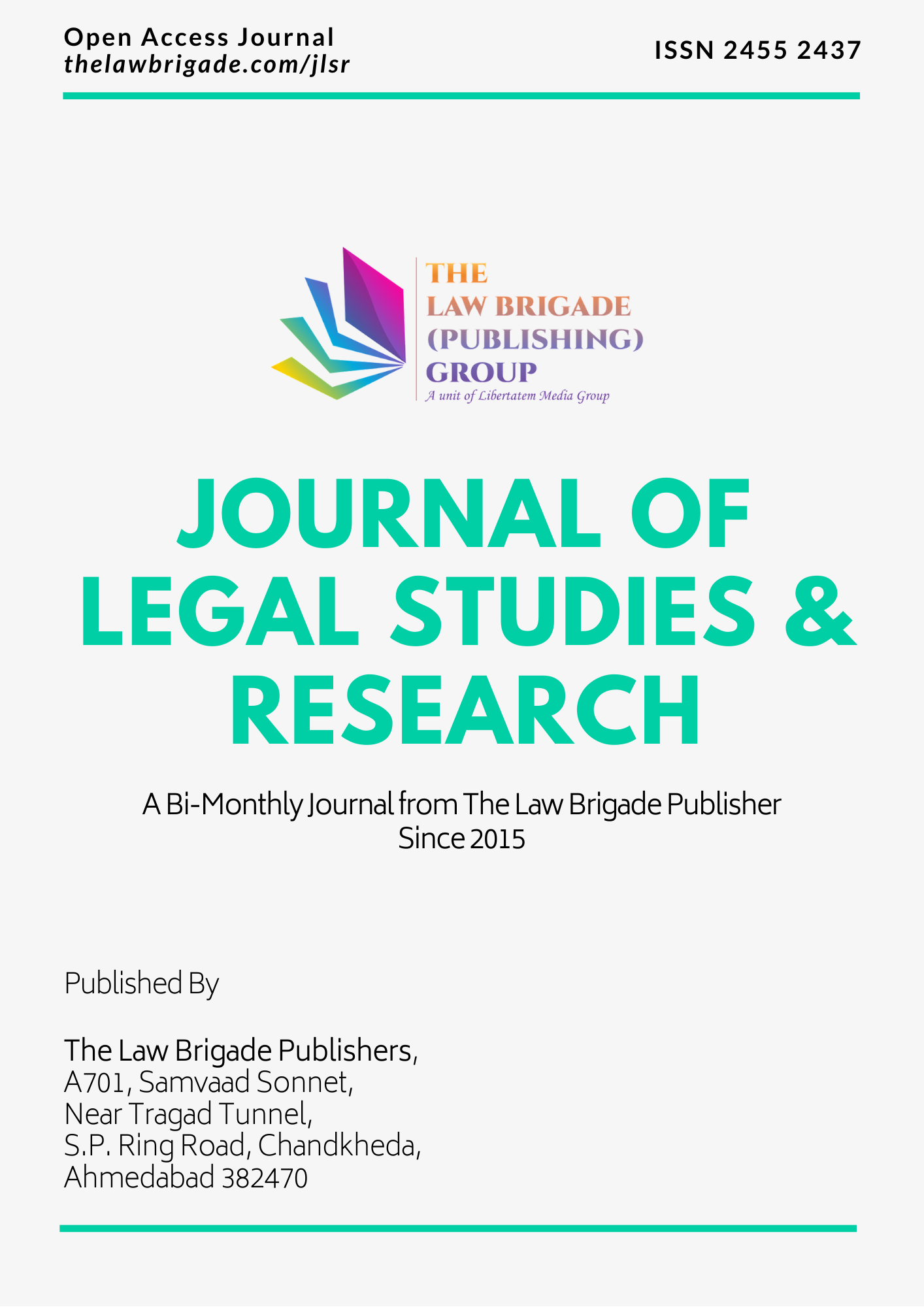The legal landscape in India has evolved significantly over the years, witnessing the gradual inclusion of women in prominent roles within the profession. Despite historical challenges, women have emerged as influential lawyers, judges, and legal scholars. This research paper delves into the historical trajectory of women in the Indian legal profession, spanning from the colonial era to the present day. It scrutinizes the obstacles hindering women’s entry into the legal profession, analyzes their struggles, and highlights their substantial contributions to the development of Indian law.
Traditionally dominated by men, the Indian legal profession saw the gradual inclusion of women through prolonged legal battles. The early 20th century marked a turning point with the Legal Practitioner’s (Women) Act of 1923, granting women the right to practice law. However, the road to acceptance was fraught with challenges, as demonstrated by cases like Regina Guha’s, where archaic views questioned women’s eligibility as legal practitioners.
While global influences in the 21st century, coupled with modernism, have expanded educational opportunities for Indian women in law, the gender disparity persisted. The paper explores the journey from the first woman judge, Justice Anna Chandy, appointed in 1937, to contemporary challenges and the underrepresentation of women in the judiciary. Notable figures like Leila Seth and Fathima Beevi shattered gender barriers, rising to become Chief Justices, yet the overall representation of women in the judiciary remains disproportionate.
The study underscores the need for continued efforts to enhance gender equality in the legal profession, proposing measures such as a 33% reservation for women in the judiciary. By offering a comprehensive analysis of the historical struggles and contemporary dynamics, this paper contributes to the ongoing discourse on gender representation in the Indian legal system.





